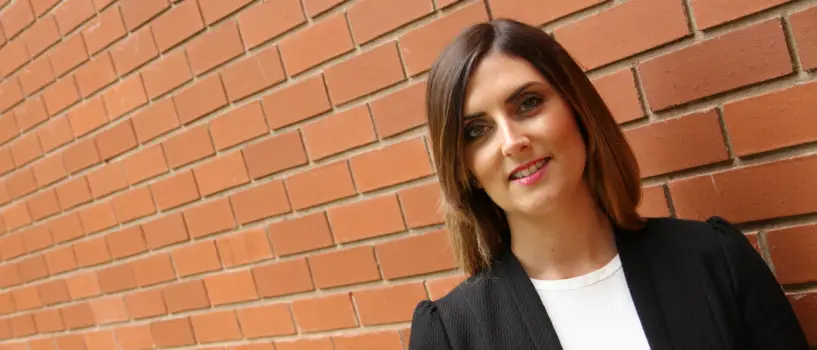In the second of a new series of Finance on Friday columns for Altrincham Today, Ella Davies from local business LIFT-Financial looks at planning for the costs of your child’s schooling.
At the start of a new school year, the cost of education is no doubt being discussed around the dinner tables and school gates of Altrincham.
You may have school fees to pay, be planning ahead for university fees or be thinking of the inevitable costs of school trips and extras that come up – especially at secondary school where trips to Europe and further are commonplace.
Whatever stage your child is at, you can make some wise choices now to help you pay for your child’s education.
When it comes to saving or investing for children there are a number of different options. You could save and invest for your children in a standard account, either a deposit or investment account.
However, there is a taxation rule you should be aware of when you consider this as any savings or investment income generated above £100 per year will be taxed at your own marginal income tax rate.
A much more sensible way of saving for your children, which you can do up to the age of 18, is through a Junior ISA (JISA).

JISAs were introduced in November 2011 and replaced Child Trust Funds (CTF). JISAs are similar to adult ISAs in that they are extremely tax efficient as any gains and income are tax free. The only difference being that the annual investment limit is £4,080 for the current tax year (compared to £15,240 for an adult ISA). As with adult ISAs, you can choose to save in either a Cash JISA or an Investment JISA.
The annual limit is now also the same for CTFs, although this is based on the child’s birthday year rather than the tax year.
On the face of it the two products look similar: both allow parents to save £4,080 a year into these accounts and these funds can’t be accessed until the child’s 18th birthday. However CTFs generally offer a very limited investment choice and often a transfer to a JISA would result in a cost saving.
From April 2015, the government has allowed CTFs to be transferred into a JISA and have surprisingly confirmed that both accounts can be funded during the year of transfer. This is therefore a one-off opportunity to effectively double contribute and invest £8,160 per child, tax efficiently. Once the JISA is established you will be limited to the annual £4,080 thereafter.
Trusts can offer greater flexibility but they can be costly and the taxation surrounding them can be complex
This is a great planning opportunity for parents with young children, and one that can be taken advantage of by the whole family as grandparents can also contribute to a Junior ISA should they wish.
As with adult ISAs, funds can be withdrawn at any time with the ownership of the JISA ultimately being passed onto your children on their 18th birthday at which point they can decide to withdraw the funds themselves or keep them invested in an adult ISA (sometimes referred to as a New ISA or NISA).
For parents or grandparents that wish to invest a lump sum on behalf of their children over and above the JISA limits, you do have the option of establishing a trust arrangement.
This can offer greater flexibility (depending on the type of trust you chose), the trustees can make the decisions as to who the trust assets are paid to in addition to when and in what format they are paid. Trusts can offer greater flexibility but they can be costly and the taxation surrounding them can be complex. A large investment into a trust may also cause inheritance tax issues for the parents or grandparents and you should subsequently obtain professional financial advice before entering into these arrangements.
In summary, always start off with funding a Junior ISA for each of your children on an annual basis. They are simple and tax efficient, and providing the account is properly managed and funded each year, you will be surprised at how quickly the value of the JISA will increase.










